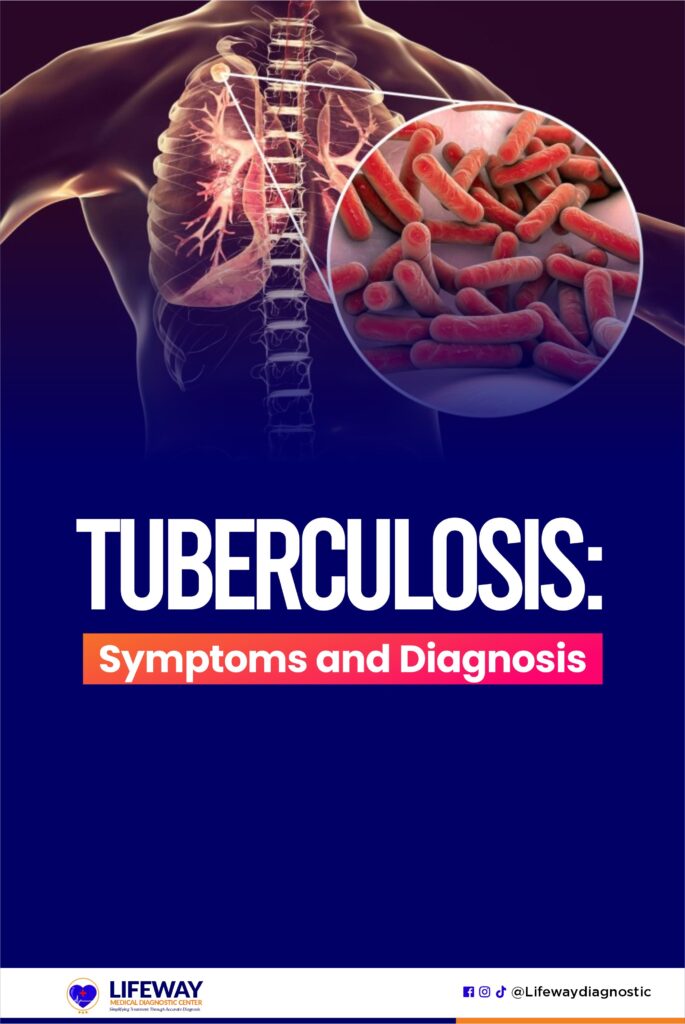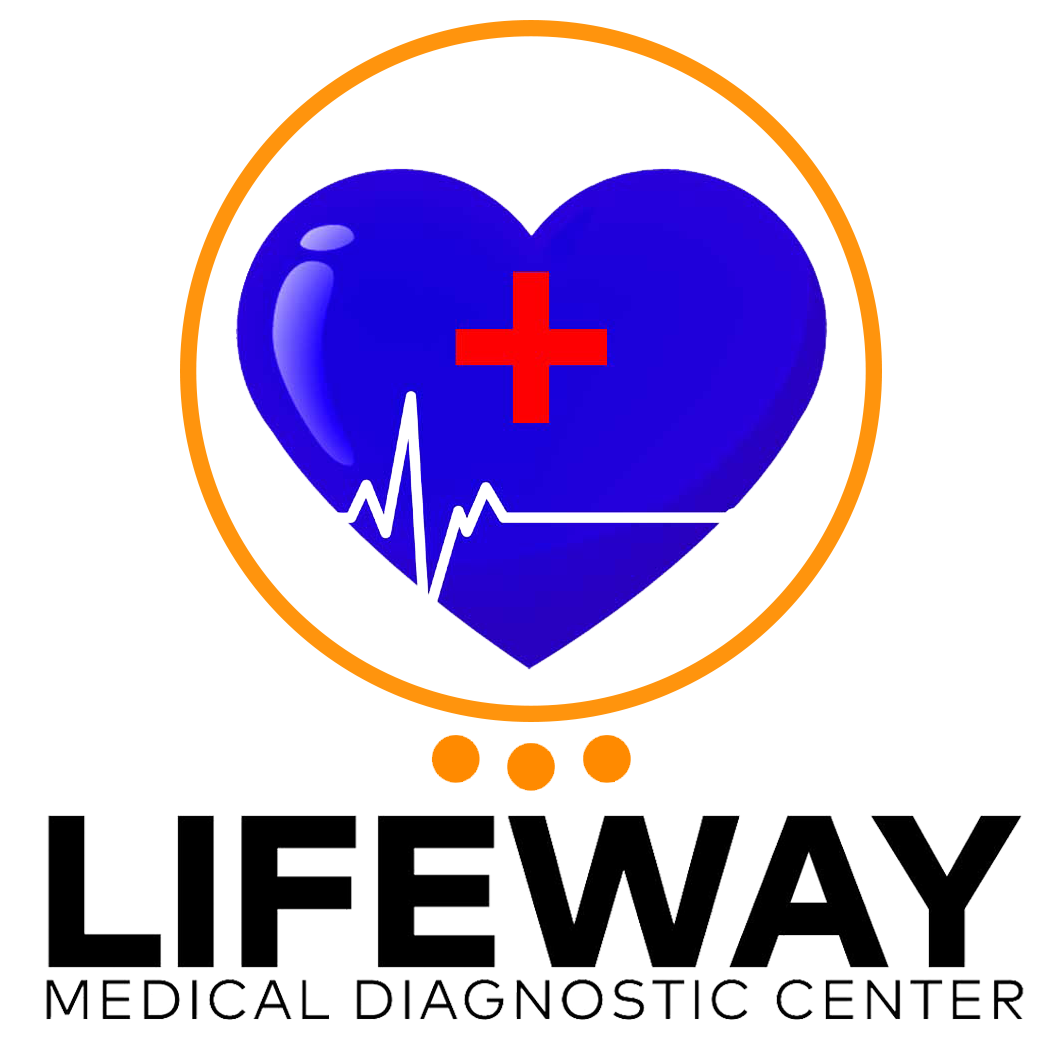It’s important to recognize when tuberculosis (TB) symptoms require immediate medical attention. Some symptoms might seem mild, but they can indicate serious underlying conditions.

Tuberculosis is one of the world’s deadliest infectious diseases, with an estimated 10 million new cases and 1.5 million deaths reported globally.
Individuals with weakened immune systems, such as those living with HIV/AIDS or diabetes, are particularly vulnerable to developing this disease.
By confronting tuberculosis head-on, we can save lives, and contribute to the overall well-being of communities around the world.
What is Tuberculosis?
Tuberculosis (TB) is a highly infectious disease caused by the bacterium Mycobacterium tuberculosis. It primarily affects the lungs but can also infect other parts of the body, including the kidneys, spine, and brain.
It is a bacteria that spreads through the air when an infected person coughs, sneezes, speaks, or sings. The bacteria can remain suspended in the air for several hours, and inhaling even a small number of these bacteria can lead to infection.
In 2020, eight countries accounted for two-thirds of the global total: India, China, Indonesia, the Philippines, Pakistan, Nigeria, Bangladesh, and South Africa.
Types of Tuberculosis
- Pulmonary Tuberculosis: This type of TB affects the lungs and is the most common form. Symptoms primarily involve the respiratory system.
- Extrapulmonary Tuberculosis: This type of TB occurs outside the lungs, affecting areas such as the lymph nodes, kidneys, spine, and brain. Symptoms vary depending on the organ affected.
Symptoms of Tuberculosis
People with latent TB infection have TB bacteria in their bodies, but they do not
have symptoms and cannot spread the bacteria to others. However, they may develop active TB if their immune system weakens.
The symptoms of active tuberculosis include:
- Persistent Cough: Lasting three or more weeks.
- Coughing up blood
- Chest pain during breathing or coughing.
- Unintentional weight loss
- Fatigue
- Fever
- Night sweats
- Chills
- Loss of Appetite
Diagnosis of TB
Upon visiting a doctor, several diagnostic tests may be conducted to confirm TB:
1. Skin Test (Mantoux Tuberculin Skin Test):
A small amount of tuberculin is injected into the skin. The reaction is measured after 48-72 hours.
2. Blood Tests:
Tests like the interferon-gamma release assays (IGRAs) measure your immune
system’s response to TB bacteria.
3. Sputum Test:
Samples of sputum are tested for the presence of TB bacteria to confirm the
diagnosis. This rapid test detects the presence of acid-fast bacilli, which may indicate the presence of Mycobacterium tuberculosis.
4. Imaging Tests:
Imaging techniques, such as chest radiography and computed tomography (CT) scan can provide valuable information in the diagnosis of TB.
These tools can help identify characteristic radiographic patterns, detect the extent of lung involvement, and rule out other potential causes of the patient’s symptoms.
When to visit a Medical Diagnostic Center
In addition to recognizing symptoms, consider visiting a medical diagnostic center if you are in any of the following situations:
- Exposure to TB: If you have been in close contact with someone diagnosed with active TB, you should get tested even if you don’t have symptoms.
- Weakened Immune System: Individuals with compromised immune systems, such as those with HIV/AIDS, diabetes, or those undergoing treatments like chemotherapy, should be particularly vigilant about TB symptoms.
- Previous TB Infection: If you have had TB in the past and are experiencing similar symptoms, it’s crucial to seek medical evaluation to rule out reactivation of the disease.
- High-Risk Environments: If you work or live in environments where TB is more common, such as healthcare facilities, correctional facilities, or shelters, regular screening is advisable.
Prevention of Tuberculosis
The key strategies for preventing tuberculosis (TB) include:
- Vaccination: The Bacillus Calmette-Guérin (BCG) vaccine protects against TB, especially in infants and children.
- Avoid Exposure: Avoiding close contact with people who have active TB can reduce the risk of infection.
- Good Ventilation: Ensuring good ventilation in living spaces can help prevent the spread of TB bacteria.
- Use of Masks: Wearing masks in high-risk areas or if you have TB can prevent the spread of bacteria.
- Addressing social determinants of health, such as poverty and malnutrition, that contribute to the TB burden
Conclusion
Tuberculosis (TB) is a preventable and treatable infectious disease, yet it remains a major global health challenge.
By implementing a comprehensive approach to TB prevention, including vaccination, infection control, targeted screening, treatment of latent infection, and addressing social determinants, we can make significant progress in reducing the global burden of tuberculosis.
